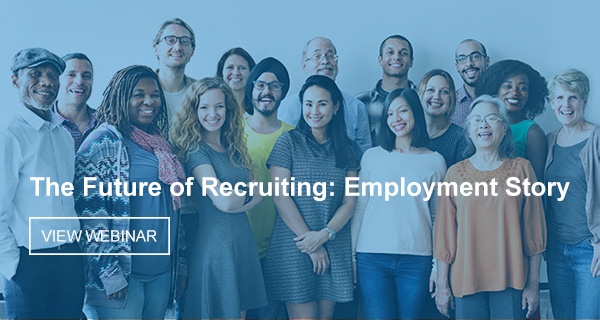Let’s face it. Hiring can be tough. The unemployment rate is low – just 4.4% according to the Department of Labor Statistics – and employers have to compete for good employees. In order to find and retain quality candidates, it requires some work on our end. That work can come in the form of collecting more information at various stages in the employee lifecycle or tailoring your benefits to desired candidates. Here are a few tactics you might explore to step up your recruiting and hiring success rate.
Collecting Data from Exit Interviews
A first step to creating successful recruiting, hiring and retention strategies is to obtain data from exit interviews. An exit interview is a structured conversation with departing employees to learn why they are leaving.
When working with a New Jersey-based microbiological testing laboratory, we learned through the exit interview process, that their turnover rate was due, in part, to younger workers seeking higher wages to pay off their college debt. We helped the owner create and implement a new policy to help new employees, who agree to stay a minimum of two years with the company, pay back their student loans. And, so that all new employees could benefit, we structured the policy so that new employees without student debt, would receive a bonus after two years on the job.
As another example, we learned from exit interviews for a Brooklyn-based nonprofit that the organization needed to do a better job of onboarding new employees and making them feel welcome. We created an onboarding guide for managers that included simple, easy to implement, suggestions such as sending out an email ahead of time to introduce the new staff member and to encourage other employees to reach out to personally welcome them, giving the new employee their job description and performance expectations the first week, and creating a schedule of meetings between the manager and the new employee for the first few months on the job.
Suggested reading: Advice on Adapting Your Talent Acquisition Strategy
Managing the Interview Process
A second step to creating a successful recruiting process is conducting structured interviews. Everyone benefits from a good interview. Interviews gives you the data you need to make the right hiring decision and promote your company’s good brand to the prospective employee and his network.
However, in my experience, busy hiring managers often go in cold and wing interviews. Instead, I recommend that interviewers determine ahead of time the competencies that are needed for the open position, choose interview questions based on those competencies, and ask each job candidate the same series of questions. By preparing ahead of time, hiring managers can effectively compare candidates and pick the best person for the job.
So what are interview questions built on competencies? For a sales position, for example, a key competency may be perseverance. An effective interview question that gets to perseverance might be to ask the job candidate to let you know about a time when he or she gave up too soon. Or, for a trainer, a key competency may be presentation skills so you may want to ask about a time when the job candidate ran into a resistant audience and how he or she handled that situation.
Ask every candidate the same questions and determine, ahead of time, what A+ answers are, in order to choose the best person for the job.
Ensure Your Benefits Packages Are Compelling for Target Candidates
In addition to reviewing exit interview data and conducting effective interviews, a third step is to ensure that your company offers attractive benefits. More than one-in-three American workers today are Millennials (adults ages 20 to 36) so offering benefits that appeal to Millennials makes good business sense. The majority of Millennials consider the flexibility to manage work and personal life an extremely important factor when considering a new job. Thus, look at how you can structure work to include flexibility like working from home or varying schedules.
In addition, most Millennials want mentorship opportunities in their careers. One organization that has had great success with establishing a mentoring program is MDRC, a non-profit policy research organization in Manhattan. MDRC knew that there was some informal mentoring going on, but that it was uneven. The more assertive staff had no problem approaching others in the organization and asking for help. But other staff were not as confident and did not know how to ask for guidance. In addition, feedback from exit interviews indicated that some former employees experienced feelings of isolation and were unsure how to pursue their career interests. Together, we built a mentoring program that helps MDRC recruit and retain quality staff.
By reviewing your exit interview data, creating effective interviews, and providing attractive benefits, you can enhance your recruitment efforts. What about you? What recruiting success tactics have you deployed to keep pace in today’s hiring environment?
Suggested reading: Building a Recruiting Program? 4 Key Steps to Consider
Judith Lindenberger is President of The Lindenberger Group, an award-winning human resources consulting firm in New Jersey. She specializes in providing expert HR advice and outsourcing to small businesses, nonprofits and Fortune 500 companies for over 16 years.

















